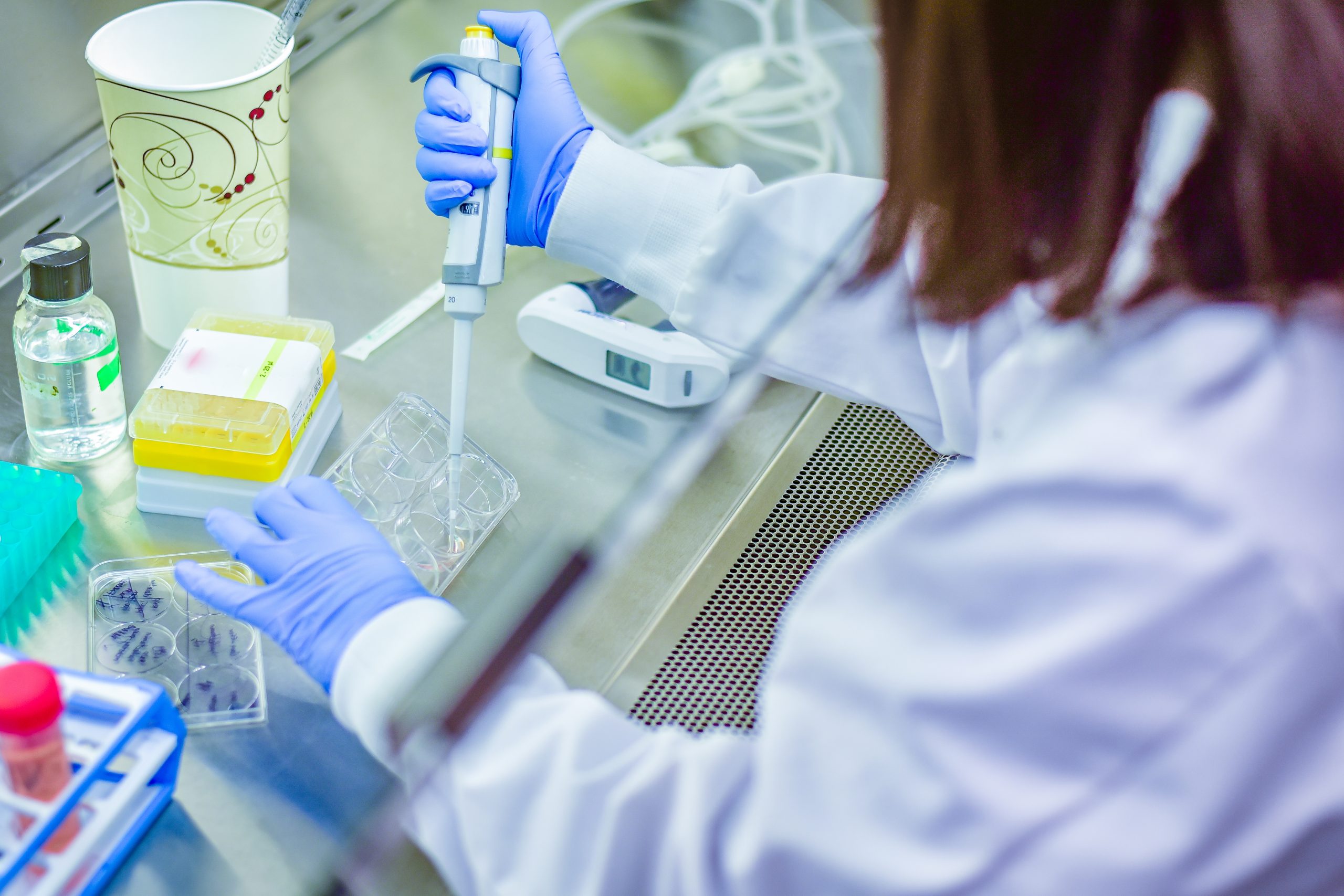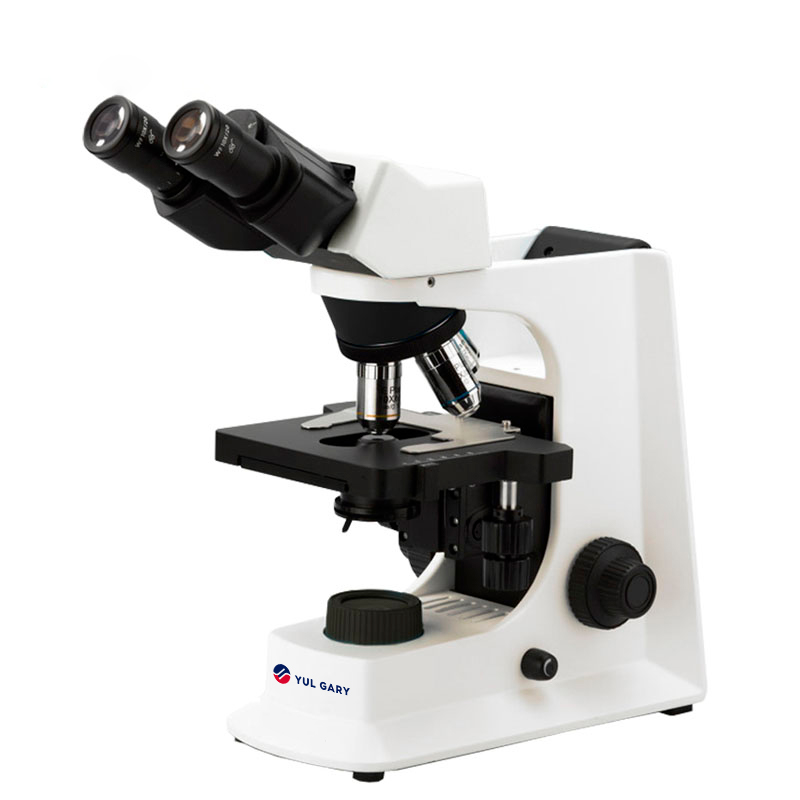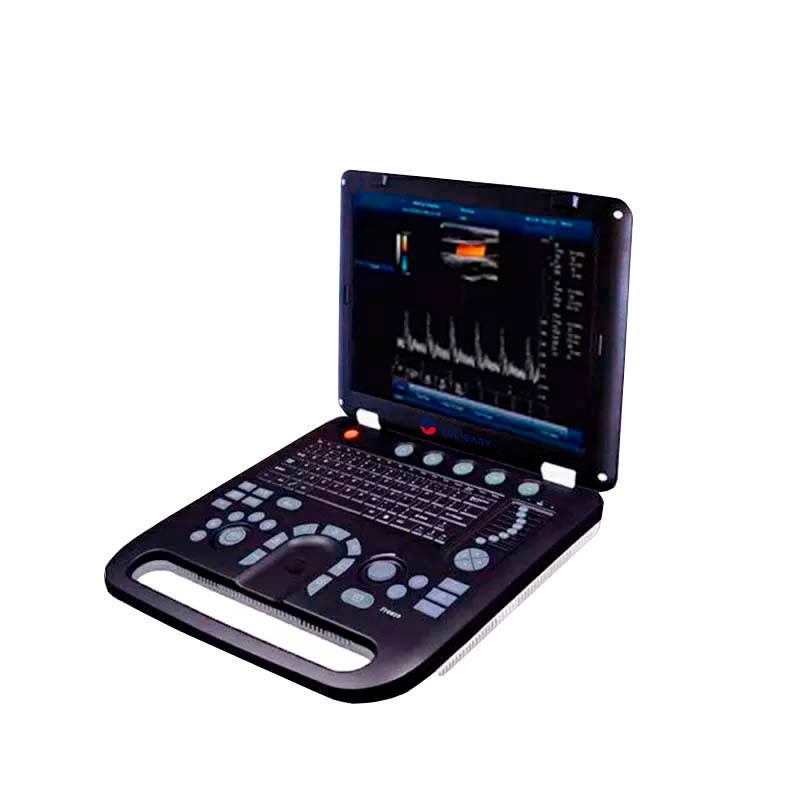Laboratory hoods are equipment that allow maintaining the quality of the air in these spaces, preserving the reagents and samples used in them, as well as ensuring the integrity of the operator. Currently there is a wide variety of hoods and these respond to specific needs, so each one has a defined purpose.
These devices are forced circulation chambers that, depending on their specifications and design, provide different levels of protection. In this article we will focus on the laminar flow hoods that allow us to protect the product being produced and on the biological safety hoods that protect the product, the operator and the environment.
Laminar flow hood
Laminar flow hoods are equipment that provide an area delimited by surfaces that are easy to clean and disinfect through a flow of filtered air through prefilters that retain the largest particles present in the air and by HEPA filters (high efficiency filters). ), filters capable of retaining particles greater than or equal to 0.3 um with a minimum efficiency of 99.97%.
These teams use a fan to force air through a HEPA filter sweeping the work surface. The airflow can be vertical or horizontal. These cabinets provide protection only to the material handled inside, but never to the operator, so they are not recommended for work in a Clinical Microbiology Laboratory where dangerous microorganisms are worked on.
Biological safety cabinet
Biological safety cabinets are equipment that function as ventilated enclosures manufactured to limit the risk of laboratory personnel exposed to infectious agents as much as possible. In other words, they must be used when it is necessary to work with certain microorganisms, cytotoxic products or products that cause allergic reactions. In terms of their design, they are quite similar to the vertical laminar luxury hoods, but they have the same HEPA filters in the air outlet that retain the contaminants present, thus allowing the protection of the product, the operator, and the environment.
Biological safety cabinets are intended to provide a work area that minimizes the chance that an airborne particle has to escape to the outside of the cabinet and thus contaminate the operator and the surrounding environment. In addition, some of them offer protection to the material being handled.
These cabins have two systems that prevent contamination from escaping: air barriers and HEPA filters. Air barriers are created by allowing air to flow in one direction and at a constant speed, creating a “curtain” of air known as laminar airflow.
At Kalstein we are MANUFACTURERS of laboratory equipment and we offer you an excellent range of laminar flow hoods and safety cabinets at the best PRICES on the market. That’s why we invite you to take a look at the Products HERE.




